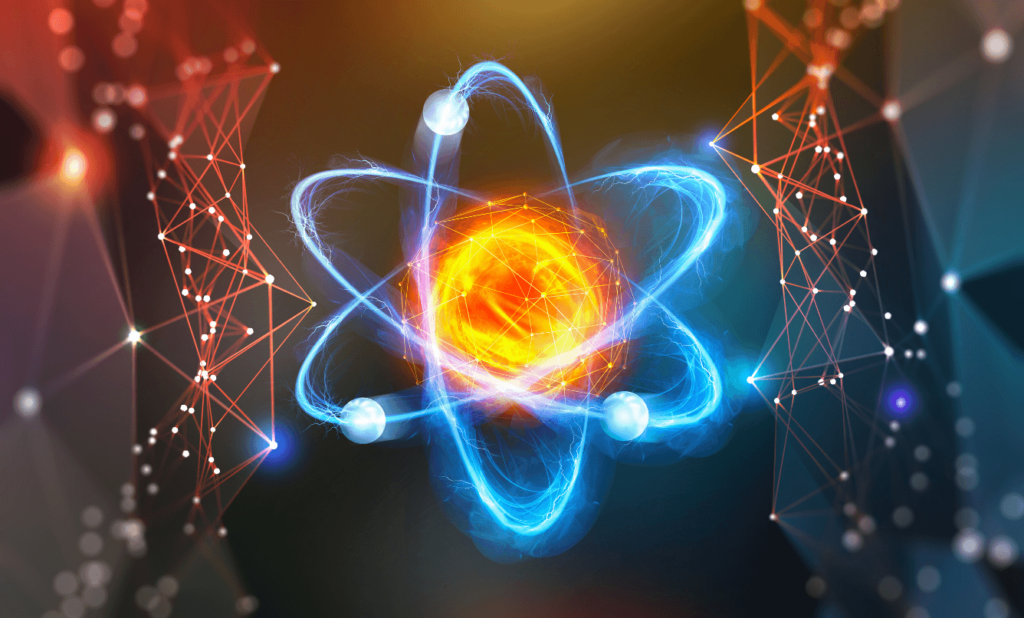The Bitcoin blockchain has become the basis for thousands of other cryptocurrencies that have been formed since its launch in 2009. In those early days, when the number of computers running the Bitcoin software numbered in the hundreds, there was concern that there would be a “51% attack” where 51% of the computers verifying transactions would fork and take the Bitcoin recorded on their ledgers with them. As the network has become more decentralized, with thousands of computers around the world verifying transactions, this concern of a coordinated attack has lessened significantly. More recently, there has been some discussion that quantum computing will break the algorithms that verify Bitcoin transactions, allowing an attack on the network. Two new algorithms derived from quantum infrastructure, Grover’s and Schor’s, have been cited in this context.
As an investor in the cryptocurrency space since 2013, I have encountered much pushback on the validity of the sector, ranging from lack of transparency (this is false, most crypto transactions are more traceable than other monetary transactions) to potential hacks (while poorly designed software on and off ramps have been hacked, the Bitcoin blockchain has never been hacked). While quantum computing could potentially pose a threat, I believe it is more likely that when quantum computers are ready from an economic and technological standpoint to participate in the crypto ecosystem, they will enable new and better applications of crypto rather than pose a threat.
Bitcoin and crypto: here to stay…
Other cryptocurrencies have moved from Bitcoin’s computationally heavy “proof of work” algorithm (where computers running the software have to solve complex mathematical problems to verify and write a transaction to the master ledger, receiving some Bitcoin as a reward for doing so) to a “proof of stake” approach in which a smaller number of stakeholders are involved in the verification of transactions. However, Bitcoin is still considered the most secure and decentralized cryptocurrency. Because of this, and the fact that its code guarantees that only 21 million Bitcoin will ever be mined, it has become a de facto store of value, like gold, in the current macro environment, with hedge funds and corporate treasuries accumulating the asset as a hedge against inflation and uncertain global monetary policies.
Future Perfect Ventures’ thesis since its inception in 2014 has been that the intersection of blockchain technology, cryptoeconomics, data analytics, and artificial intelligence would lead to the creation of next-generation business models, similar to what the PC era did with hardware and software, and what the Internet era achieved with mobile applications and cloud computing. We are in “1998 Internet” with this next-stage evolution, one that has been enabled by Moore’s Law and faster processing power as well as better mobile and broadband connectivity. Quantum computing would fit well into this paradigm once it becomes economically feasible.
…primed for the future
This next phase will be marked by peer-to-peer computing (including machine-to-machine and machine-to-person), which will generate much data and require the addition of smart contracts and more complex computing. Ethereum was conceived a few years after Bitcoin to add a programmability layer to its transactions – enabling the eventual birth of what we now call DeFi (Decentralized Finance) – the ability to lend, borrow, and collateralize crypto as well as real world assets without intermediaries. As the number of transactions through these crypto networks grows, the ability to intelligently analyze and route that data would be helped with a more complex quantum network. Just as the world is much more interconnected, our computing systems will reflect that complexity and increasingly mirror how we operate.
This article is one section of the report, “Quantum Impact — The Potential for Quantum Computing to Transform Everything.” Click here to learn more and access the full report.
Please see the PDF version of the full report for important disclosures.




















